Related Research Articles

James F. Steranko is an American graphic artist, comic book writer/artist, comics historian, magician, publisher and film production illustrator.
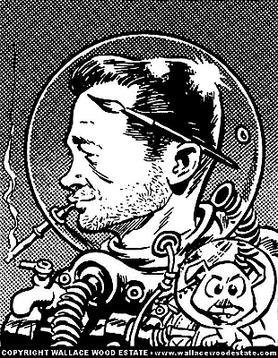
Wallace Allan Wood was an American comic book writer, artist and independent publisher, widely known for his work on EC Comics's titles such as Weird Science, Weird Fantasy, and MAD Magazine from its inception in 1952 until 1964, as well as for T.H.U.N.D.E.R. Agents, and work for Warren Publishing's Creepy. He drew a few early issues of Marvel's Daredevil and established the title character's distinctive red costume. Wood created and owned the long-running characters Sally Forth and Cannon.
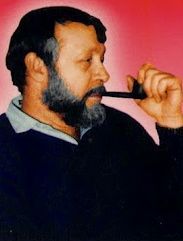
Dwight Graydon "Gray" Morrow was an American illustrator of comics, magazine covers and paperback books. He is co-creator of the Marvel Comics muck-monster the Man-Thing and of DC Comics Old West vigilante El Diablo.
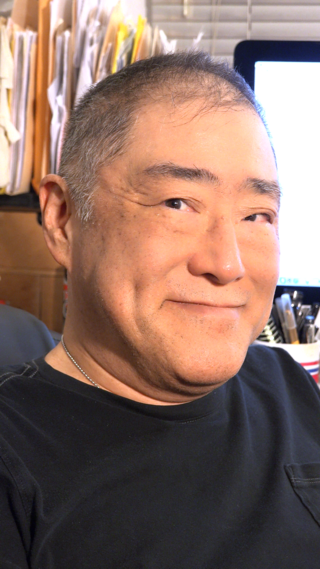
Larry Hama is an American comic-book writer, artist, actor, and musician who has worked in the fields of entertainment and publishing since the 1960s.

Alfonso Williamson was an American cartoonist, comic book artist and illustrator specializing in adventure, Western, science fiction and fantasy.

Chandler: Red Tide is a 1976 illustrated novel, an early form of graphic novel, by writer-artist Jim Steranko.
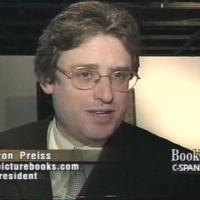
Byron Preiss was an American writer, editor, and publisher. He founded and served as president of Byron Preiss Visual Publications, and later of ibooks Inc. Many of his projects were in the forms of graphic novels, comics, illustrated books, and children's books. Beyond traditional printed books, Preiss frequently embraced emerging technologies, and was recognized as a pioneer in digital publishing and as among the first to publish in such formats as CD-ROM books and ebooks.

Richard Bache Ayers was an American comic book artist and cartoonist best known for his work as one of Jack Kirby's inkers during the late-1950s and 1960s period known as the Silver Age of Comics, including on some of the earliest issues of Marvel Comics' The Fantastic Four. He is the signature penciler of Marvel's World War II comic Sgt. Fury and his Howling Commandos, drawing it for a 10-year run, and he co-created Magazine Enterprises' 1950s Western-horror character the Ghost Rider, a version of which he would draw for Marvel in the 1960s.
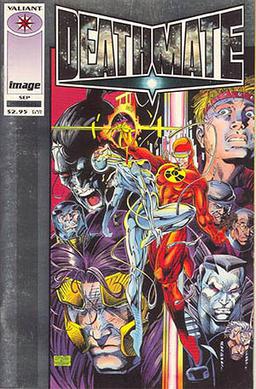
Deathmate is a six-part comic book crossover between Valiant Comics and Image Comics published in 1993 and 1994. The series is remembered for its negative impact on comic book retailers and the industry as a whole due to its late, over-ordered but poorly-selling books.
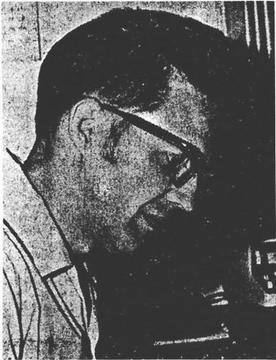
Danny L. Adkins was an American illustrator who worked mainly for comic books and science-fiction magazines.
Sydney Shores was an American comic book artist known for his work on Captain America both during the 1940s, in what fans and historians call the Golden Age of comic books, and during the 1960s Silver Age of comic books.
Nicola Cuti, known as Nick Cuti, was an American artist and comic book writer-editor, science-fiction novelist; he was the co-creator of E-Man and Moonchild, Captain Cosmos, and Starflake the Cosmic Sprite. He also worked as an animation background designer, magazine illustrator and screenwriter.

Big Apple Comix is an early independent comic book published by Flo Steinberg in 1975. A historically important link between underground comix and what would later be called alternative comics, this 36-page, 63⁄4" × 93⁄4" hybrid with glossy color covers and black-and-white interiors contains 11 sometimes sexually frank stories by such mainstream creators as Neal Adams, Archie Goodwin, Denny O'Neil, Herb Trimpe, Al Williamson, and Wally Wood. The creators were mainly friends of Steinberg, working for a low page rate. Most of its stories revolve around New York City during a particularly low ebb in the city's finances, crime situation, race relations, and infrastructure.

The Academy of Comic Book Arts (ACBA) was an American professional organization of the 1970s that was designed to be the comic book industry analog of such groups as the Academy of Motion Picture Arts and Sciences. Composed of comic-book professionals and initially formed as an honorary society focused on discussing the comic-book craft and hosting an annual awards banquet, the ACBA evolved into an advocacy organization focused on creators' rights.

Heroes, Inc. Presents Cannon is a two-issue comic book series that represents one of the earliest independent comics. The first issue was self-published by prominent writer-artist Wally Wood in 1969, with a second issue published by CPL Gang Publications in 1976.
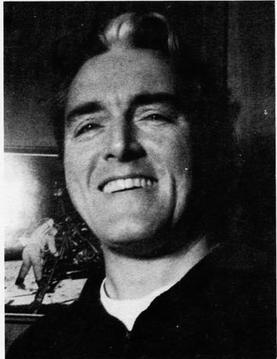
Frank Springer was an American comics artist best known for Marvel Comics' Dazzler and Nick Fury, Agent of S.H.I.E.L.D.. As well, in collaboration with writer Michael O'Donoghue, Springer created one of the first adult-oriented comics features on American newsstands: "The Adventures of Phoebe Zeit-Geist" in the magazine Evergreen Review. A multiple winner of the National Cartoonists Society's Reuben Award, Springer was a president of the Society and a founding member of the Berndt Toast Gang, its Long Island chapter.
Robert Marion Stewart, known as Bhob Stewart was an American writer, editor, cartoonist, filmmaker, and active fan who contributed to a variety of publications over a span of five decades. His articles and reviews appeared in TV Guide, Publishers Weekly, and other publications, along with online contributions to Allmovie, the Collecting Channel, and other sites. In 1980, he became the regular film columnist for Heavy Metal.

Wayne Wright Howard was an American comic book artist. He is best known for his 1970s work at Charlton Comics. Although many other artists had signed their cover artwork, he became American comic books' first series creator known to be credited by the publisher on covers, with the horror anthology Midnight Tales announcing "Created by Wayne Howard" on each issue — "a declaration perhaps unique in the industry at the time".

Paul Kirchner is an American writer and illustrator who has worked in diverse areas, from comic strips and toy design to advertising and editorial art.
Roger Brand was an American cartoonist who created stories for both mainstream and underground comic books. His work showed a fascination with horror and eroticism, often combining the two.
References
- ↑ Arrant, Chris (June 7, 2010). "Looking Back With LARRY HAMA - Beyond G.I. Joe". Newsarama
- 1 2 3 4 5 6 7 8 Ralph Reese at the Lambiek Comiclopedia
- 1 2 3 4 5 6 Ralph Reese at the Grand Comics Database
- ↑ Gilbert, Michael T. "Total Control: A Brief Biography of Wally Wood," Alter Ego vol. 3, #8 (Spring 2001)
- 1 2 Mark's Very Large National Lampoon Site Archived 2010-04-26 at the Wayback Machine (fan site): November 1973, Vol. 1, No. 44: "Character Building Comics" by Gerald Sussman and Henry Beard; illustrated by Fran Hollidge and Ralph Reese; "Eddie Bean Down-filled Catalog, 1973-74" by Gerald Sussman; illustrated by D. Brauti and Ralph Reese; "Funny Pages", including "One Year Affair" (three episodes) by Ralph Reese and Byron Preiss
- ↑ Zimmerman, Dwight Jon. Comics Interview #37, 1986. Archived 2007-10-07 at the Wayback Machine
- ↑ Underground Comix Joint
- ↑ Underground Collectibles Archived 2012-04-25 at the Wayback Machine
- ↑ Choose Your Own Adventure: Books Illustrated by Ralph Reese Archived 2011-07-18 at the Wayback Machine
- ↑ "Valiant-Related Works by Ralph Reese", Valiantfans.com, n.d.